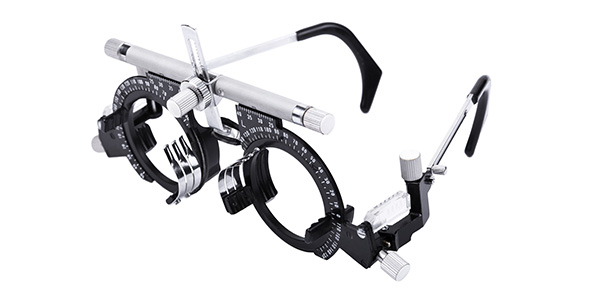Related Flashcards
Related Topics
Cards In This Set
| Front | Back |
|
Antecubtial fossa
|
A triangular cavity of the elbow joint that contains a tendon of the biceps, the median nerve, and the brachial artery
|
|
Three major veins located in antecubital fossa
|
A. Median cubital veinB. Cephalic veinC. Basilic vein
|
|
Median cubital vein
|
The vein of choice. why? because it is large and doesn't tend to move when the needle is inserted.
|
|
Cephalic vein
|
The second choice. it is usually more difficult to locate and has a tendency to move. however, it is often the only vein than ca be palpated in the obese patient.
|
|
Often the only palpated vein in an obese patient
|
Cephalic vein
|
|
Basilic vein
|
The third case. The least firmly anchored. Located neaer the brachial artery. If the needle is inserted too deep, this artery may be punctured.
|
|
Necessary materials for routine venipuncture (name 9)
|
1. lab requisition slip and specimen labels.2. Antiseptic alcohol pads3. Vacutainer tubes4. Vacutainer needles5. Needle adapters (hub)6. Winged infusion sets (Butterfly needles). Use for small veins such as those in the hand.7. Tourniquets8. Gloves9. Needle disposal container or sharps container.
|
|
Tests that require fasting
|
Tests for glucose, cholesterol, and triglycerides
|
|
Patient's basal state
|
When the patient has fasted and refrained from strenuous exercise for 12 hours prior to the drawing.
|
|
Edema
|
Is the accumulation of fluid in the tissues. Collection from edematous tissue alters test results.
|
|
Fistula
|
Permanent surgical connection between an artery and a vein. fistulas are used for DIALYSIS PROCEDURES and must never be used for venipunctures due to the possibility of infection.
|
|
Damaged tissue
|
Any skin areas that are scarred, bruised, burned, or adjacent to areas of infection should not be used.
|
|
Scarred or sclerosed veins
|
Any patient who has had many venipunctures over a period of time may have scarred veins. Elderly patients may hae veins that have become thickened from arteriosclerosis. In either case the veins feel stiff or hard. These conditions also develop from extensive I.V. drug use. If it recommended that another vein be used or venipuncture if possible.
|
|
I.V. Therapy
|
Do not draw blood from above any IV site. The fluid will alter the test results. If your option are limited you may draw blood from below an IV site.
|
|
Tortuous veins
|
These are winding or crooked veins. The veins are suspectible to infection. Since blood flow is impaired, the specimen collected may produce erroneous test results.
|





